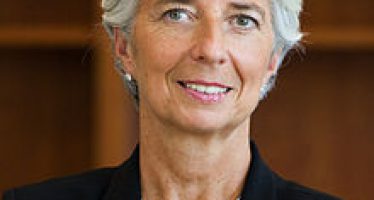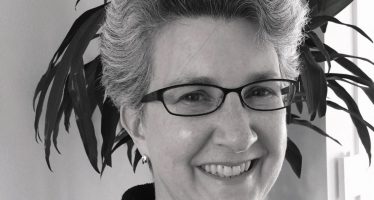Developing Countries Face Higher Trade Costs
 Although the international economy has integrated considerably in recent decades, a new database developed jointly by the United Nations Economic and Social Commission for Asia and the Pacific (ESCAP) and the World Bank reveals that trade costs fall disproportionately on developing countries.
Although the international economy has integrated considerably in recent decades, a new database developed jointly by the United Nations Economic and Social Commission for Asia and the Pacific (ESCAP) and the World Bank reveals that trade costs fall disproportionately on developing countries.
Although developing countries are becoming more integrated into the world trading system in an absolute sense, they are starting from a higher baseline and their relative position is deteriorating because the rest of the world is moving more quickly.
The new Trade Costs database uses an innovative method to estimate trade costs in agriculture and manufactured goods, opening new analytical possibilities for policymakers and researchers interested in trade integration. According to the research, trade costs are influenced to varying degrees by distance and transport costs, tariff and non-tariff measures, and logistics. The new data, which cover the time period 1995-2010, stress the importance of supply chains and connectivity constraints in explaining the higher costs and lower levels of trade integration observed in developing countries.
“Technological factors are responsible for a significant share of the differences in trade costs around the world”
One of the key findings triggered by the database is that two areas amenable to policy interventions—maritime transport connectivity and logistics performance—are very important determinants of bilateral trade costs, with an effect comparable to that of geographical distance.
“Technological factors are responsible for a significant share of the differences in trade costs around the world,” says Ravi Ratnayake, Director of ESCAP’s Trade and Investment Division, which partnered with the World Bank on the project. “From a policy perspective, reforms in areas such as infrastructure, core trade-related services sectors, and private sector development can thus have significant benefits for countries in terms of lowering trade costs.”
The global database shows the pattern of trade costs across countries and through time by offering a comparison of pairs of countries, and an identification of those trade costs that are high. As such, the dataset can be used to examine the policy factors and “natural” factors that contribute to the levels of trade costs observed around the world. One telling trend: for upper middle income countries, it is easier to trade with high income countries than among themselves.
“Neighboring countries in regions like the Middle East and North Africa often have higher trade costs with each other than with the more distant Southern European markets,” says Jean François Arvis, a senior economist at the World Bank’s International Trade Department and one of the database’s principal architects. “This disparity serves to hold back ongoing efforts at regional integration in such areas.”
In an increasingly globalized and networked world, trade costs matter not only as a determinant of the pattern of bilateral trade and investment, but also of the geographical distribution of production. Although tariffs in many countries are now at historical lows, the evidence suggests that trade costs remain high for developing countries struggling to gain a lasting foothold in international supply chains.
Trade costs are therefore of great importance from a policy perspective, since they are an important determinant of a country’s ability to take part in regional and global production networks. The Trade Costs database allows policymakers to highlight high trade costs at a bilateral level, identify the key determinants of those high costs, and focus their efforts on the reduction of those costs. Of course, experiences vary greatly from one developing region to another. East Asia, for example, has experienced much lower levels of trade costs than others, such as Sub-Saharan Africa.
A clear implication of the research is there is much for developing countries to learn from each other in terms of the set of policies that work effectively to reduce trade costs. This new dataset can be a powerful tool for practitioners and policymakers to do so, especially in combination with other methodologies, data sources, and expertise on the ground.
You may have an interest in also reading…
Unleashing the Economic Potential of the Maghreb – the Role of Foreign Investment
Excerpts of a speech given by Christine Lagarde, Managing Director, International Monetary Fund at a conference in Mauritania in January,
SASB CEO Janine Guillot: Following Personal Passions Into the World of Sustainability
Janine Guillot, CEO of the Sustainability Accounting Standards Board (SASB), has an enduring love of the great outdoors that has
Accenture: The Evolving Role of CEOs in Mitigating Cybersecurity Threats
In 2023, a complex, fragmented global geopolitical backdrop prompted a boost in the cybersecurity economy. It was propelled by the



















































































